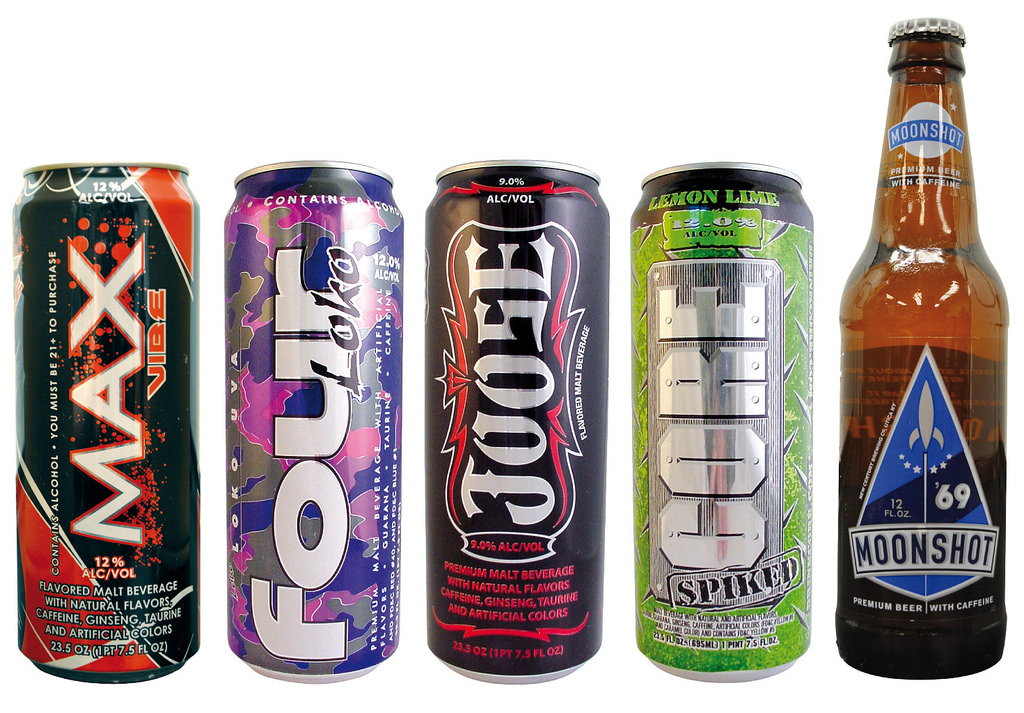 Researchers at Purdue have discovered that when adolescent rats are given alcoholic drinks that have high caffeine levels, the result is akin to taking cocaine, and the consequences in alterations to the brain may continue into adulthood. The authors write: ”it is possible that repeated exposure to caffeine-mixed alcohol during adolescence could potentially alter or escalate future substance abuse as means to compensate for these behavioral and neurochemical alterations.” Already the research suggeststhat high caffeine drinks like Red Bull taken without alcohol can cause rapid heartbeat, high blood pressure, obesity and other medical problems in teens. The addition of alcohol to this equation creates a new addictive phenomenon whose effects on human adolescents have yet to be fully understood. The presence of products on the market that combine alcohol with caffeine such as Core High Gravity HG, Lemon Lime Core Spiked, Four Loco, Joose, and Moonshot, have represented a public health danger to adolescents. The U.S. Centers for Disease Control and Prevention estimated that up until 2010 the beverages were regularly consumed by 31 percent of 12- to 17-year-olds and 34 percent of 18- to 24-year-olds. Pressure from the FDA forced most of these manufacturers to drop caffeine from their alcoholic drinks in 2010, however adolescents are still free to create their own speed cocktails from energy drinks and the alcohol of their choice.
Researchers at Purdue have discovered that when adolescent rats are given alcoholic drinks that have high caffeine levels, the result is akin to taking cocaine, and the consequences in alterations to the brain may continue into adulthood. The authors write: ”it is possible that repeated exposure to caffeine-mixed alcohol during adolescence could potentially alter or escalate future substance abuse as means to compensate for these behavioral and neurochemical alterations.” Already the research suggeststhat high caffeine drinks like Red Bull taken without alcohol can cause rapid heartbeat, high blood pressure, obesity and other medical problems in teens. The addition of alcohol to this equation creates a new addictive phenomenon whose effects on human adolescents have yet to be fully understood. The presence of products on the market that combine alcohol with caffeine such as Core High Gravity HG, Lemon Lime Core Spiked, Four Loco, Joose, and Moonshot, have represented a public health danger to adolescents. The U.S. Centers for Disease Control and Prevention estimated that up until 2010 the beverages were regularly consumed by 31 percent of 12- to 17-year-olds and 34 percent of 18- to 24-year-olds. Pressure from the FDA forced most of these manufacturers to drop caffeine from their alcoholic drinks in 2010, however adolescents are still free to create their own speed cocktails from energy drinks and the alcohol of their choice.
For more on the perils and promises of the adolescent brain, see my book The Power of the Adolescent Brain: Strategies for Teaching Middle ... (ASCD).
You need to be a member of School Leadership 2.0 to add comments!
Join School Leadership 2.0